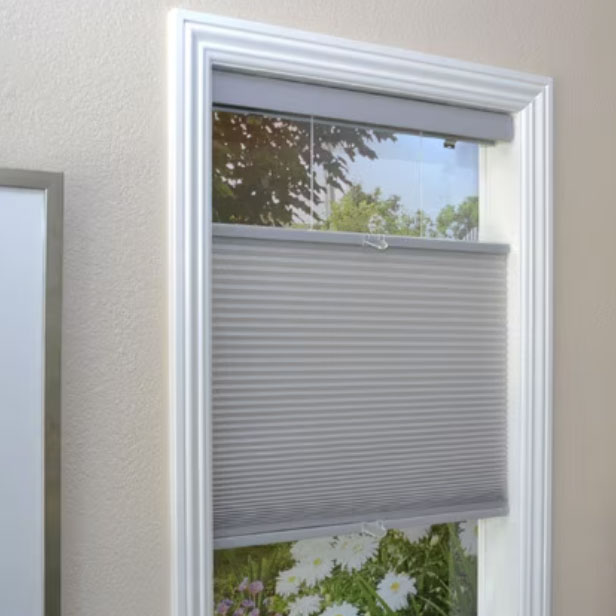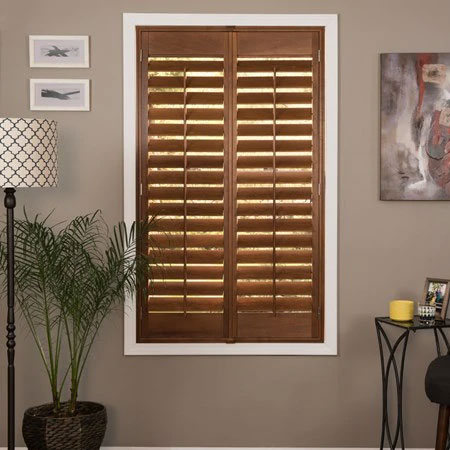Which bedroom window coverings reduce noise the best? 3 ways to hush the outside world
Reserve your bedroom only for sleep
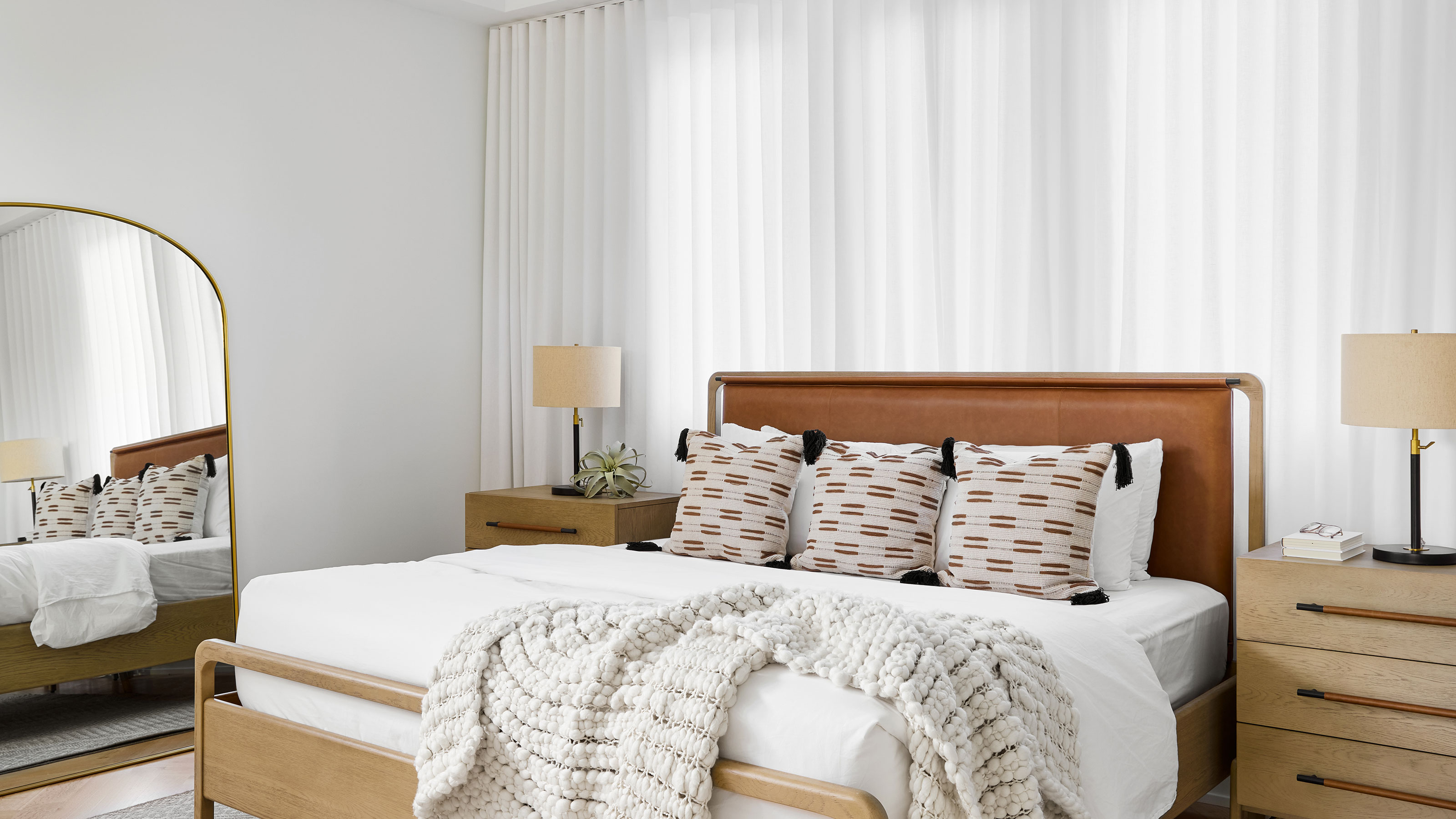

If there is one space in the home that should not be noise-polluted, it is the bedroom. Unfortunately, not all home designs and locations were created with low decibels in mind, and should you find yourself subjected to the hum of midnight traffic or the chitter chatter of even your favorite neighbors, you may be wondering whether the type of bedroom window treatment you choose could have a positive impact on your surroundings.
Whether you are more inclined to enjoy a thick set of patterned drapes for ultimate luxury, or you prefer minimal slatted blinds for an air of minimalism, which you should probably switch out if your room is particularly loud? This is a problem that many of us have encountered at some stage in our home lives, but thankfully, there appear to be some solutions worth trying.
Which bedroom window coverings reduce noise the best?
Some types of window treatments may naturally block out more sound than others, whilst better insulating your space and enhancing privacy. There are now many curtains, blinds, and more in the way of window treatments that have been specifically designed to help block out noise.
However, there is more to it than just the type, and paying attention to installation, and how many types of window treatments you keep could help you create a quieter and more serene bedroom space. Here is what interior experts suggest to keep noise levels low in the bedroom:
1. Favor heavy fabrics for noise absorption (and elegance)
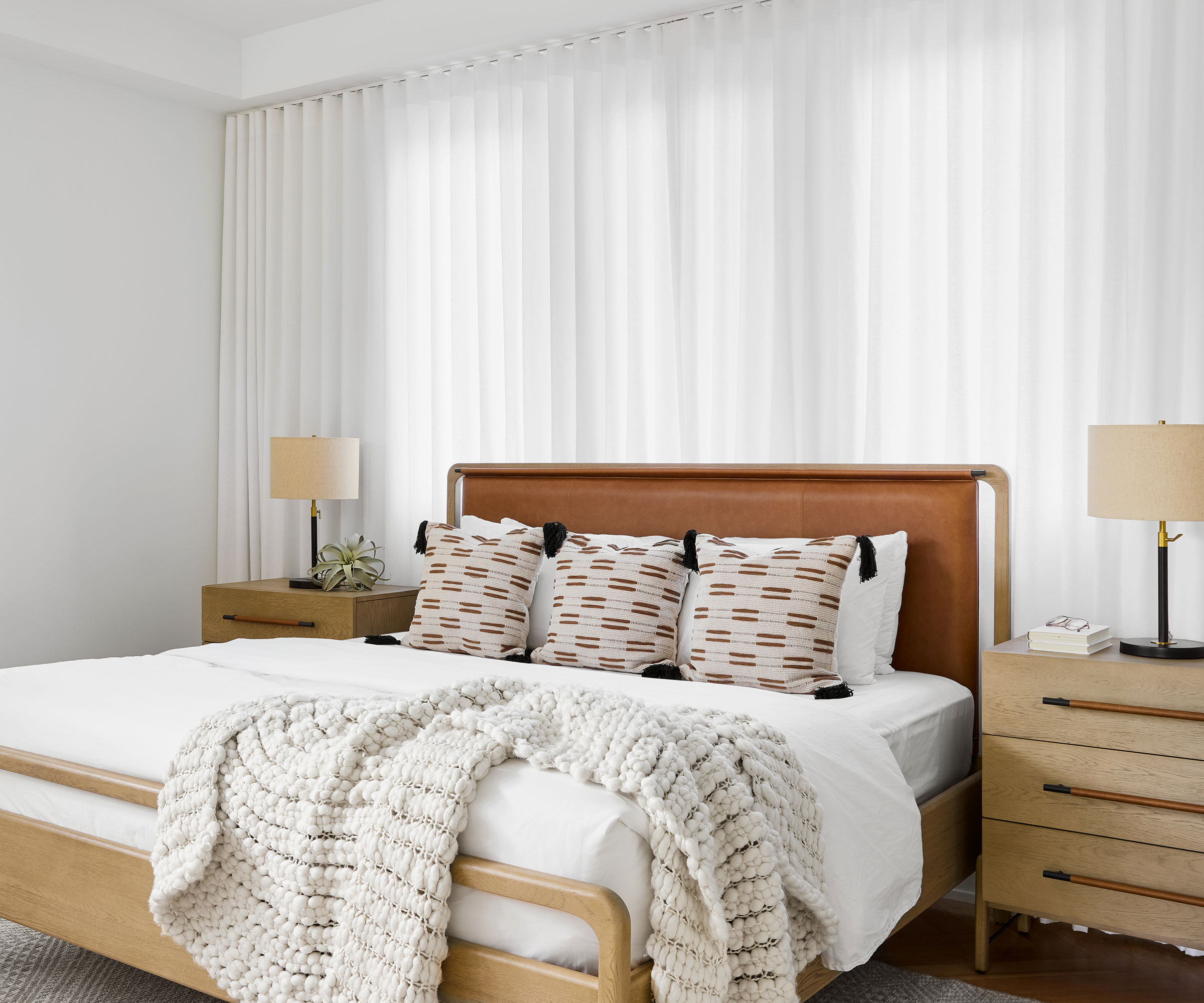
There are a number of ways to soundproof a bedroom, and alongside laying acoustic panels, and closing internal doors, one solution is to prioritize heavy fabrics for drapes and curtains. Not only might these add more sophistication and a cozy finish to your room, but Ginger Curtis, CEO and Founder of Urbanology, reassures us that they may reduce noise too: 'Choose luxurious, heavy fabrics for your window coverings – they don't just add a touch of elegance but also work as efficient sound absorbers,' says Curtis.
Most drapes come with a GSM reading and you will want to keep an eye out for those with a particularly high GSM and these will typically help keep noise out. Rich fabrics like velour, wool, and heavy linen can be anything between 300, to 500 and upwards.
You can find specifically noise-reducing drapes, even at Amazon. Look for heavy weights and tight weaves too.
Devon Wegman, Design Director and Founder of Devon Grace Interiors notes a favorite fabric and, another tip we might often overlook when selecting drapes. 'When noise is a concern, we opt for drapes that use a heavier fabric, like a velvet, and be sure to use a thick lining,
'Some fabricators actually have noise-reducing drapery liners, which are a great solution when hoping to soften ambient noise.'

Rooted in simplicity and elevated by extraordinary beauty, interiors by Dallas-based Urbanology Designs bring organic luxury to life. Their soft, modern approach allows clients to relax in the warmth of a comfortable and crafted home. Their design-forward sensibility looks beyond today’s times, trends, and whims to create homes with longevity and intention.
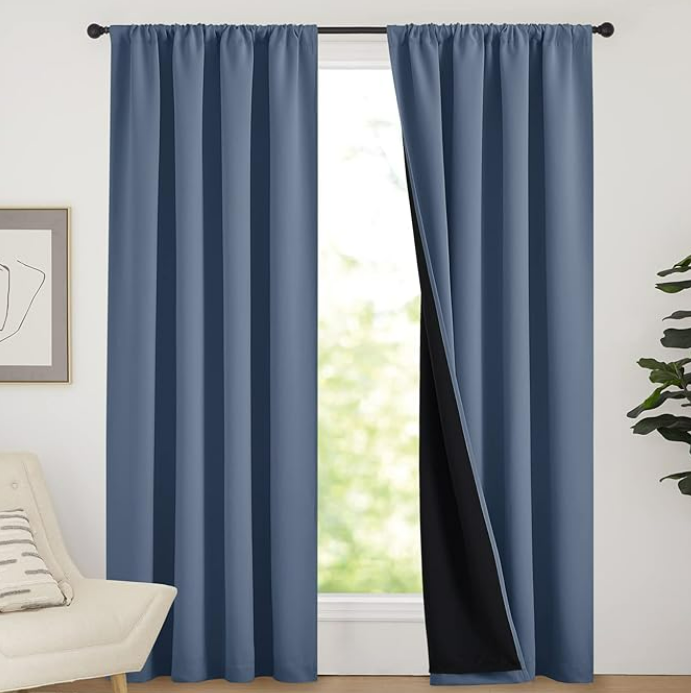
These blackout curtains are available in a range of colors and are designed to reduce noise as well as offering some thermal insulation.
2. Fit window treatments with precision

Whichever type of window treatment you install, good looks require precise fitting. However, if noise is a particular issue you would like to solve, be very specific about how you measure for curtains, and go bigger than you might have originally thought, is what experts recommend.
'In general, the more coverage is, the better,' says Wegman. 'We will often ceiling-mount drapes and install them from corner to corner, floor to ceiling in order to seal out as much noise (and light) as possible.' More fabric will create a sumptuous finish too, perfect if your room can tend to look or feel cold.
Curtis also encourages a bespoke approach to fitting window treatments in a noisy bedroom: 'Think about tailored window treatments; the precision fit minimizes gaps, making a noticeable difference in noise reduction.'
Artem Kropovinsky, an interior design expert and founder of Arsight, adds that being precise with installation can help keep your space warmer too: 'Always ensure a snug fit across the window frame, gaps can let in sound just as they would let in drafts.

Based in New York, Artem Kropovinsky boasts extensive global design experience spanning a decade. With a commitment to sustainability and authenticity, Artem, alongside his dedicated team, undertakes projects both in the US and internationally, earning recognition through prestigious design awards. Artem is the founder of Arsight, an esteemed global design firm known for its expertise in residential and commercial interior design.
3. Double up on designs
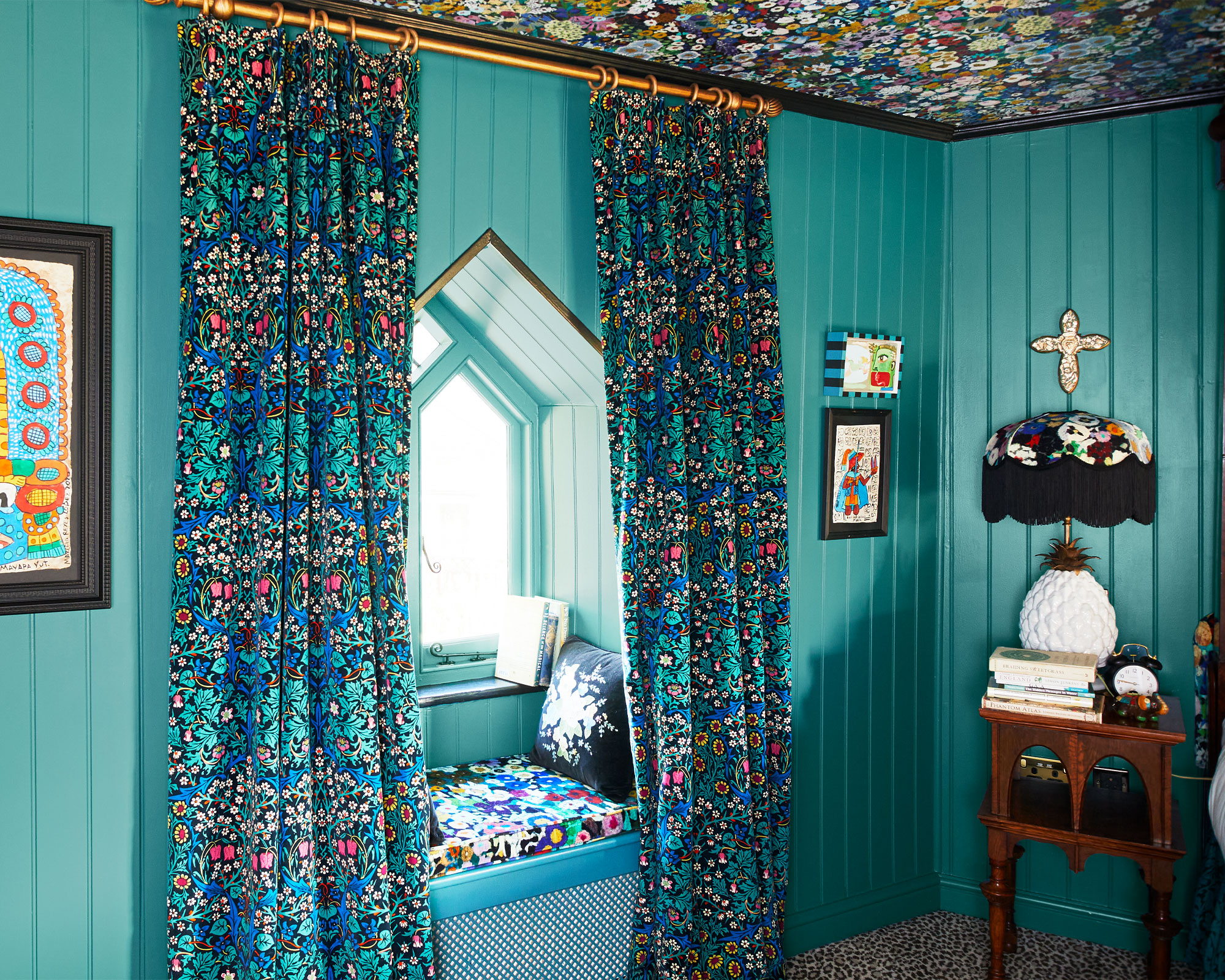
Whether you prefer shutters, shades, or drapes in your bedroom will depend on your interior design style, and the fabric of your windows.
Shutters are very beautiful and can work in a modern or traditional bedroom, not just to insulate, but also reduce external noise, and make for a calmer and quieter environment. And for best results when it comes to reducing noise in a bedroom, you may wish to consider doubling up a first installation of shades, blinds, or shutters, with drapes over the top.
'Combining both drapes and blinds, not only adds depth, and texture but it will also double the sound-reducing capabilities,' says Kropovinsky.
The duo of design patterns will make for efficient noise reduction and more opportunities to be creative with the look of your bedroom.
What else could you do to reduce noise in a bedroom?
If your bedroom is particularly noisy, or even echoing, adding soft furnishings can bring more design interest and dampen down sound.
'And don't forget plush rugs,' adds Curtis who notes they are especially useful for spaces that don't have bedroom carpet fitted. 'They're not just a treat for your feet but also adept at absorbing sound, especially in rooms with hard floors.'
Which shades are best to reduce noise in a bedroom?
If it is shades that you prefer, Kropovinsky recommends honeycomb cellular shades in particular, and not just for their noise-reduction properties: 'Their unique structure traps air, providing insulation against both noise and temperature.'
Generally speaking, look for designs that are specifically 'soundproof' or 'noise-reducing' to find good looking pieces that are crafted with a silent bedroom in mind.
Check for all the finer details of the window treatment you are buying to design your bedroom better for sleep. Double up and go big with installation for best noise-reducing effect. To keep your space quiet, and beautiful, choose serene designs, and care for drapes as you should to keep the freshest of sleep surroundings.
Sign up to the Homes & Gardens newsletter
Design expertise in your inbox – from inspiring decorating ideas and beautiful celebrity homes to practical gardening advice and shopping round-ups.

Camille is the former deputy editor of Real Homes where she covered a broad range of topics, including house tours, small space design, and gardens. She studied English language and Italian at the University of Manchester and during a year abroad studying linguistics and history of art in Bologna, Italy she started documenting her adventures and observations in a blog. Camille is always creating and spends her downtime painting, taking photos, traveling, and writing short stories.
-
 Everyone is obsessed with vintage tiles right now – bring the nostalgic charm of this classic design feature into your home with our 5 design ideas
Everyone is obsessed with vintage tiles right now – bring the nostalgic charm of this classic design feature into your home with our 5 design ideasHonor the past with our favorite ways to decorate with vintage tiles, as suggested by interior design experts
By Eleanor Richardson Published
-
 'It's a fast reset button' – using the 1, 2 ,3 ,4, 5 decluttering method cleared my persistent mess in seconds
'It's a fast reset button' – using the 1, 2 ,3 ,4, 5 decluttering method cleared my persistent mess in secondsIt's easy, effective and so quick to do
By Ottilie Blackhall Published
